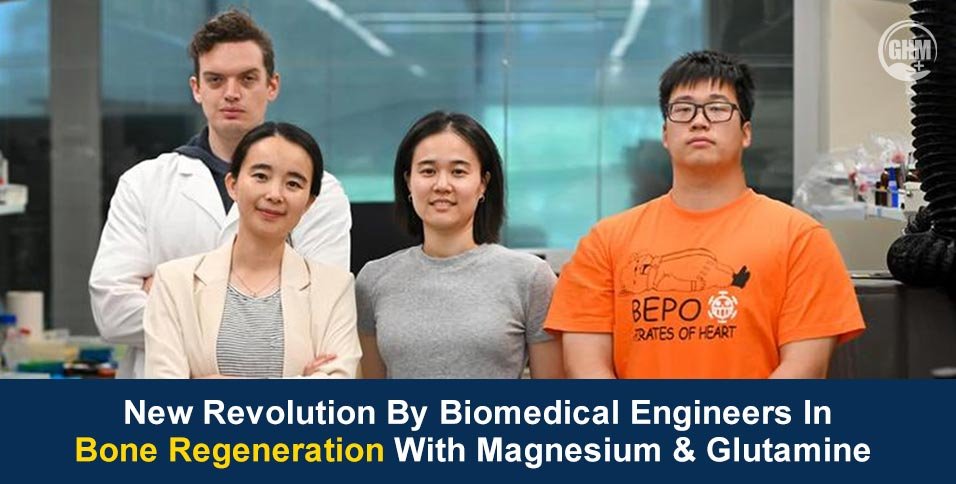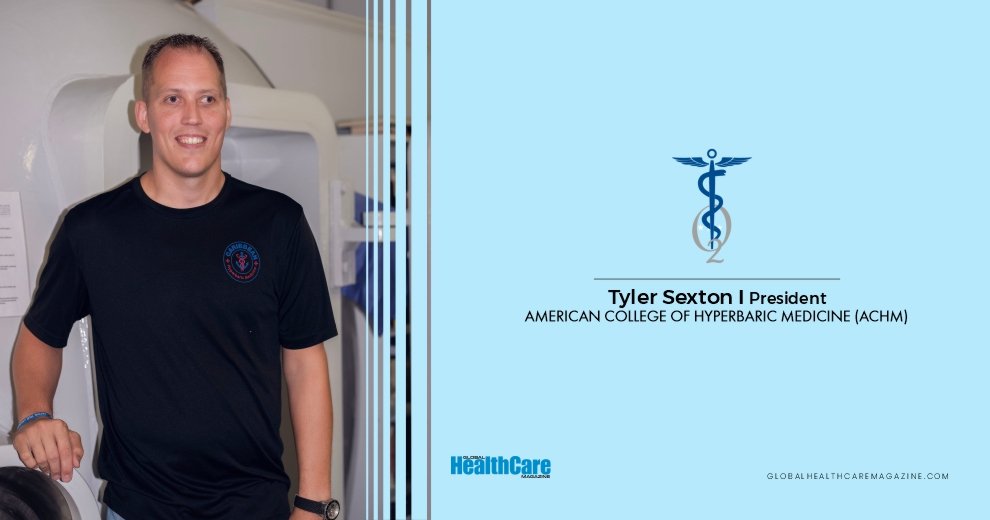A team of biomedical engineers at Penn State has unveiled an exciting development in bone regeneration with a biodegradable bone scaffold called CitraBoneQMg. This combines magnesium and glutamine with citric acid and fuels bone repair, offering faster, stronger recovery with promising future applications.
“Alongside rapid bone growth, we also saw nerve regeneration and anti-inflammation properties at the site of the scaffold, two elements that are important to long-term healing of the bone,” said Jing Yang, one of the researchers at Penn State.
Magnesium and Glutamine in Bone Regeneration
The use of magnesium and glutamine is what makes this implant truly unique. These two ingredients work together to stimulate bone regeneration at the cellular level.
1. Magnesium: The Natural Bone Builder
Magnesium is a mineral that plays a vital role in bone strength and cellular energy production. In CitraBoneQMg, magnesium provides two main benefits,
- Promotes bone cell growth: Magnesium activates specific pathways that encourage stem cells to transform into bone-forming cells.
- Supports gradual healing: As the implant slowly dissolves, magnesium is absorbed into the body, strengthening the new bone.
Unlike traditional metal implants that remain in the body until surgically removed, magnesium dissolves naturally, reducing the risk of long-term complications like infections or allergic reactions.
2. Glutamine: Fuel for Recovery
Glutamine is an amino acid that is very important for tissue repair. In bone regeneration, glutamine plays a critical role.
- Boosting cellular energy systems so stem cells can rapidly grow and repair damaged tissue.
- Reducing inflammation, which is a common cause of delayed bone healing.
- Improving overall bone quality by supporting protein synthesis in the bone matrix.
When combined with magnesium and citric acid, glutamine creates a highly active environment that speeds up the body’s natural healing process.
The Problem With Traditional Metal Implants
Currently, most bone injuries that require surgical intervention are treated using metal plates, rods, or screws. While these devices stabilize the bone, they often come with challenges,
- Additional surgeries to remove the metal once the bone has healed.
- Risk of infection or allergic reaction to the metal.
- Delayed healing because metal doesn’t actively promote bone growth.
By contrast, CitraBoneQMg biodegrades naturally, eliminating the need for a second surgery. It also encourages bone tissue to regenerate, which could significantly reduce recovery time for patients.
New Discovery with CitraBoneQMg
The implant functions as a temporary scaffold that gradually dissolves as the bone regenerates.
Surgical Placement: The scaffold is placed at the site of the bone injury.
- Stem Cell Activation: Magnesium and glutamine activate stem cells in the surrounding tissue.
- Speeds up complex fracture recovery: Especially in severe injuries, this scaffold may shorten healing time and improve bone strength.
- Reduces complications: As a biodegradable implant, it could remove the need for follow-up surgeries to extract rigid materials.
- Improves overall healing quality: With added nerve repair and inflammation control, the scaffold supports more complete recovery.
- Allows real-time monitoring: Its imaging-friendly design means doctors could track healing progress using ultrasound, a big leap for patient care.
This self-dissolving process eliminates complications associated with permanent implants and supports long-term bone health.
Potential Global Impact
Bone injuries affect millions globally. According to the World Health Organization, fractures are among the top ten leading causes of disability worldwide. In regions with limited access to advanced surgical care, the need for multiple surgeries can be a significant burden.
Because CitraBoneQMg is biodegradable and cost-effective, it has the potential to make high-quality bone care accessible even in low-resource settings.
Future Challenges
Despite its promise, CitraBoneQMg is still in the research phase. Before it can be widely available, it must go through,
- Extensive clinical trials to ensure safety and effectiveness.
- Regulatory approvals in different countries.
- Cost analysis to make it affordable for healthcare systems worldwide.
Researchers are optimistic but stress that real-world applications may take several years.
Conclusion
The combination of magnesium and glutamine in CitraBoneQMg represents a major leap forward in bone regeneration. By working with the body’s natural systems, this innovation could lead to faster recoveries, fewer complications, and less invasive treatments for millions of patients.
As research progresses, this biodegradable implant could redefine the future of orthopedic care, offering hope to people suffering from fractures and other bone-related conditions around the globe.



















